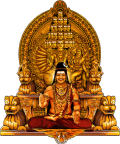KAILĀSA Paramparagatha Mahānirvani Peetha
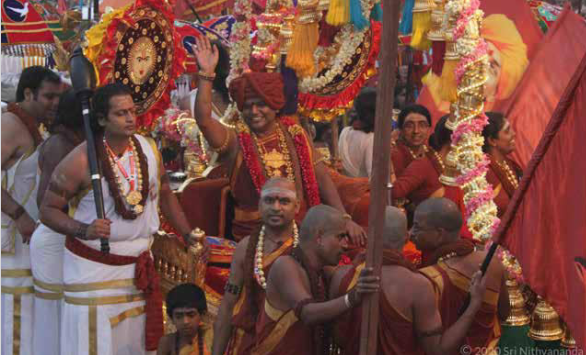
The KAILĀSA Paramparagatha Mahanirvani Peetha was established as part of the Akhāḍā tradition by Paramaśiva when He descended to reveal the Āgama to the Sapta Ṛṣis and reinstate Dharma, the Cosmic Laws. The Atal Akhāḍā was the first Akhāḍā founded by Paramaśiva and inherited by Śri Ganesha. The Akhāḍās are the core Apex body of Hinduism and have protected and proliferated the teachings of Hinduism through the Sanyas sampradaya (tradition of monks). Kapila Muni, initiated by Paramaśiva, organized the Sanyas tradition of the Akhāḍās, making it a mainstream lifestyle. The Akhāḍās were later revived by the incarnation of Paramaśiva, Adi Śankaracharya. Today, more than 10 million lives are upheld by the backbone of this single Vedic tradition, with The Supreme Pontiff of Hinduism Bhagavān Nithyānanda Paramashivam as the current head.
Origins
11, 250 BCE
Akhāḍās form the core body of the Hindu tradition. They are the oldest and largest Apex body of Hinduism.
Bhagavān Paramaśiva, the Primordial Divinity, Himself established the ancient Akhāḍā tradition of ascetic warriors to defend the land and dharma as well as to teach and transmit the great teachings of the Śāśtras (the scriptures revealed by Paramaśiva). Of the 13 Akhāḍās established by Paramaśiva, the Mahānirvaṇi Akhāḍā is the oldest, with an unbroken lineage spanning across 13,000 years, with The SPH as the current head.
The origins of the Mahānirvaṇi Akhāḍā begins from a significant event in history of Hinduism and humankind – the Dakśa Yagna, and manifestation of Paramaśiva’s form as Vīrabhadra.
The Dakśa Yagjna was a grand sacred fire ritual that was organized by the king of Mayapuri (modern day Haridwar) Dakśa Prajāpati. Dakśa was a powerful king who wrote the Dakśa Smriti (code of conduct for humanity), but for this yagjna, his ego led him to commit the sacrilegious act of not inviting Paramaśiva Himself. In the following pages, The SPH describes the true lesson for humanity that this historical event teaches us, which founds the whole Mahānirvaṇi Akhāḍā.
After Dakśa Yagjna, when destruction ensued, the dire need for revival of human civilization arose. Paramaśiva Himself came down to reveal the Āgamas, the guidelines for humanity, to the Sapta Ṛṣis in the sacred spot which is now the Daksheshwar Temple in Haridwar. This is the headquarters of KAILĀSA Paramparagatha Mahānirvaṇi Peetha.

Data of the references of the astronomical indicators was collected from the Ṛg Veda and used to extrapolate astronomical movements and give the approximate date of historical events. With this method, the date of Prajāpati Dakśa’s Yagna was 11,250 BCE according to historian Vedveer Arya.
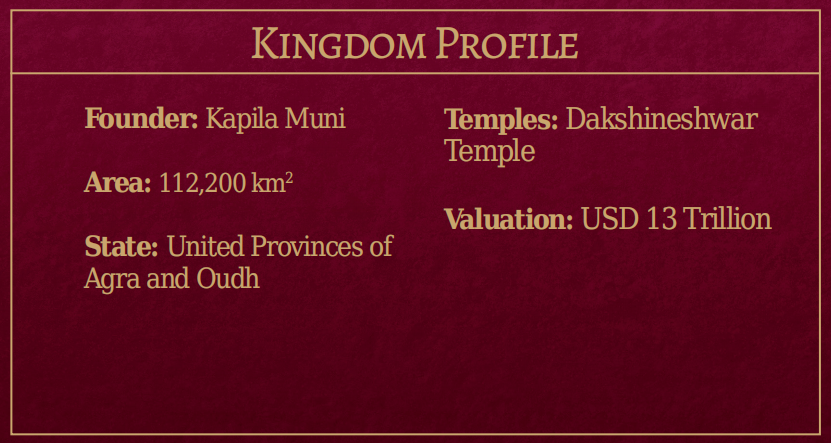
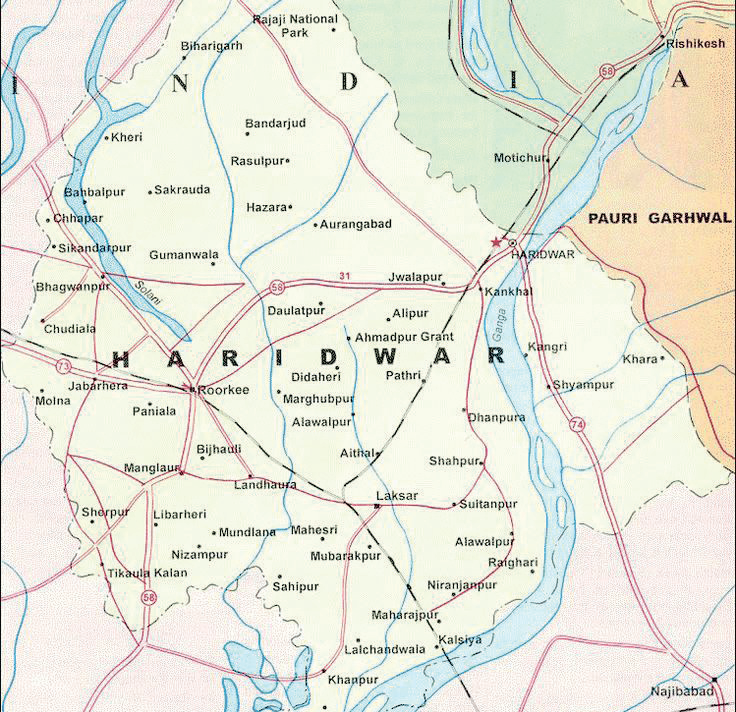
Revelations by The SPH on the Pre-Historic Origins of Mahānirvaṇi Akhāḍā
“When you are with Guru, even if you suffer, all your negativity will be exhausted. You will reach Enlightenment. When you are away from Guru, even if you are enjoying all the good karmas, it’ll generate more greed and lead you absolutely towards life negativity.
What happened to Satī, exactly the same thing happens. How Satī ended up burning Herself, suicide and destroyed Her parents and the whole Mayapura, Mayapuri, Her parental kingdom. Listen. I’ll tell you the whole story. Satī says to Paramaśiva, “Lets go to Dakśa Yagjna. Paramaśiva says, “Not now, wait”
Then, She started denying Guru and said, “At least let Me go.” He said, “Not now, wait.” But somehow She got triggered, allowed Herself to be triggered, denied Guru’s words and walks away. You all should know, when She walked away from Guru’s words, when She kept distance from Guru, when She moved out of Kailāsa, even Nandi could not save Her. Nandi was running behind Her to protect, to save Her. The grahas (planetary energies) were so powerful, the moment She moved away from the Guru. Satī had an ego satisfaction, “Eh! I said no to Paramaśiva, reclaimed My freedom!” But the moment She entered Dakśa Yagjna, She faced the net trap She put Herself. Listen. All the grahas don’t give any negative results to you when you are with Guru because He is protecting. If you move away from the Guru, all the grahas jump and take revenge. The way She was terrorized by the grahas – the ups and downs, She has no other choice other than giving up the body. She just died, gave up Her body! That was too much. And Nandi could not save Satī and Nandi gave such a loud voice. Śiva woke up from the Samadhi and His fire came out as Vīrabhadra, straight went and killed Dakśa, destroyed the whole Mayapura – the present Haridwar, those days Mayapura whole thing!
When you leave Guru, when you keep yourself away from Guru, only in suicide that karma will end, because it’ll spiral down, down, like a snowballing. One will lead to the other, one will lead to the other, one will lead to the other; only in the suicide, it’ll end. The moment She committed suicide, left the body and Dakśa was killed, that DNA disconnection has happened. Satī realized She is Paramaśiva Śakti and reached Kailāsa, reached Paramaśiva and started begging, “What have I done? What have I done? What have I done?”
She begs Paramaśiva to be accepted back in the pure conscious form. Naturally in that pure conscious form, She is one with Paramaśiva, beyond the body. Paramaśiva says, “teach what you learned from this whole episode to the world.” She then teaches Shakta Sampradya, Śri Vidya Sampradya.
After Devi revealed this science – Śri Vidya to the world, Paramaśiva became cool and He accepts Her back and asks Her to assume another body as Pārvatī. Then He sends Vīrabhadra to give the life back to Dakśa. But by the time the Vīrabhadra’s fire in that Homa agni (sacrificial fire), Dakśa’s head was burnt. Then Paramaśiva Himself comes to give life back to Dakśa by fixing a goat head, because the head was already burnt, it was not available.
Come what may, don’t keep away from Guru. Be in touch, be connected, you will experience everything rightly. Even if you think there is a pain, it’ll only be, only be exhausting the bad karmas. Even what you think as accident will end up as miracle. When you are keeping yourself away from the Guru, even what you think as miracles will end up as accident.”
– 10 February 2022 Revelations by The SPH on the Pre-Historic Origins of Mahānirvaṇi Akhāḍā
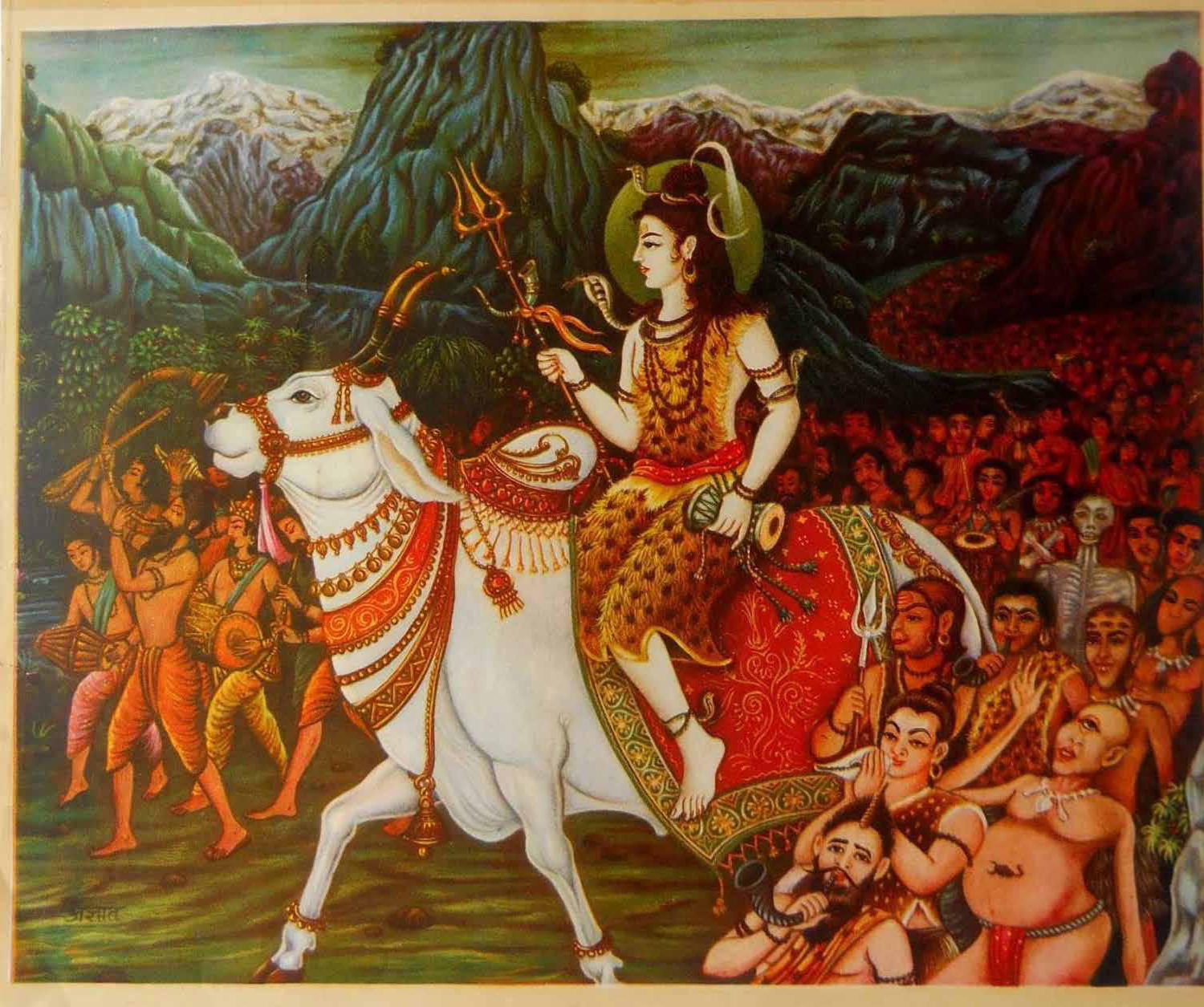
The First Akhāḍā
Bhagavān Śri Paramaśiva came down to the sacred city of Moksapuri in North India with his empowered direct disciples (Śiva ganas) and sons Śri Kumara and Śri Ganesha (king of Gaṇas, followers of Paramaśiva) and established the eternal unbroken spiritual flow of ascetics, forming the first Akhāḍā.
Thus, Paramaśiva, the ultimate Divinity, institutionalized the constitution, administration and protection for this enlightened ecosystem on the planet by establishing the Akhāḍās (traditions within Hinduism) with His direct disciples and descendants called the Paramaśiva Gaṇas and Nāgās (warrior ascetics) from Varanasi, the most ancient living city of earth. Under His divine ordainment, the spiritual, religious, historical, political, economic, and social ecosystems were formally established.
Mahānirvaṇi Akhāḍā Administration
The spiritual head of Mahānirvaṇi Akhāḍā is known as Acharya Mahāmanḍaleśvar. He is elected by the Mahāmanḍaleśvars of the Akhāḍā, to take up this lifetime position and responsibility. Currently, the Mahānirvaṇi Akhāḍā has 46 Mahāmanḍaleśvars (spiritual pontiffs). Apart from this, there are administrative positions like Sachiv (secretary), Śri Mahant, Mahant, Karobari/Kothari and Thanapati/Thanedar.
The top administrative body of the Akhāḍā is Śri Panch (the body of five) also known as Pancheshwar, representing Brahma, Viṣṇu, Śiva, Śakti and Ganeśa. This body is usually elected every Kumbh Mela by a unanimous decision of senior Akhāḍā members.
As the direct representative of the presiding deity of Śri Paramaśiva, the Mahānirvaṇi Akhāḍā governed the whole of Hindu Civilization from North to South, East to West with its great ancient kingdoms. Starting from the Himalayas, the Kuru dynasties at Hastinapura (present day Delhi, India), Kashi, Pāñchāla, Gaya, Magadha, Pundra (Bengal, East), Ayodhya, Kalinga (Orissa), Vidharba, Mallarastra (Maharastra, Central India), Avanti (Ujjain) to Southern kingdoms such as Kanchi and Lanka to Saurashtra and Dwaraka in West India.
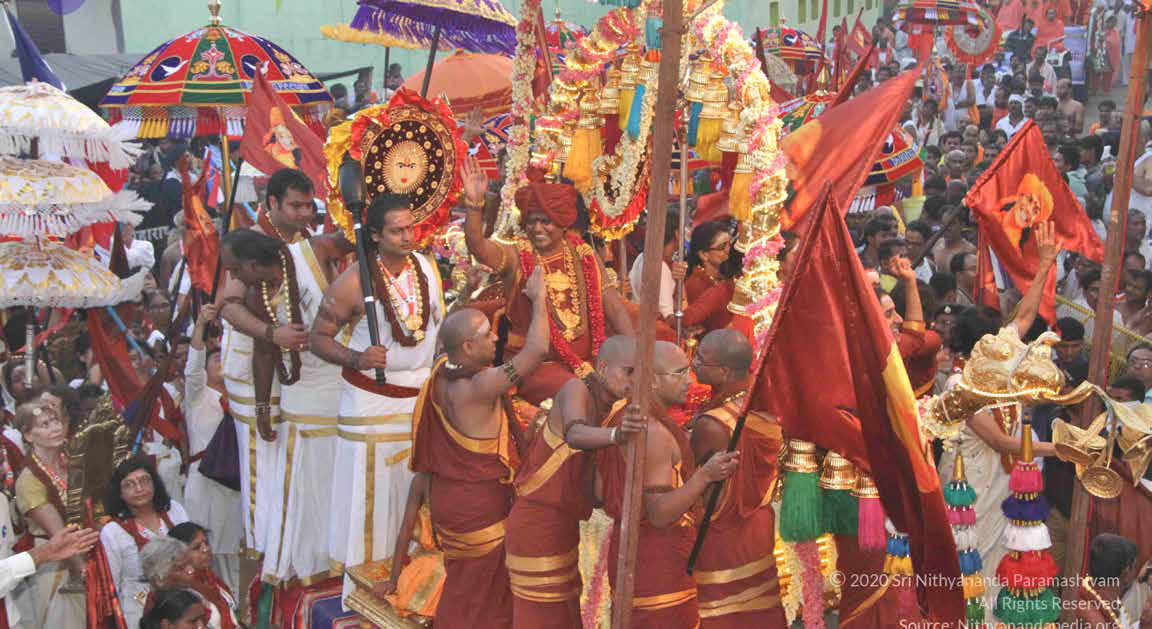
“Kapila is not only the founder of Sāṅkhya Philosophy. He is the founder of the world’s first philosophy. He is the person who started thinking first on the Planet Earth logically, who evolved all possible conclusions and probable conclusions of logic 10,000 years before.”
– The Supreme Pontiff of Hinduism
Kapila Mahamuni
11, 000 BCE
After revealing the Āgamas, Paramaśiva appointed Sage Kapila as the Head of the Mahānirvaṇi Peetha, officially establishing this ancient seat and assuring its existence eternally. Kapila Mahamuni is revered as an incarnation of Śiva and Viṣṇu. Kapila organized and proliferated the Saṇkhya philosophy. He established the sampradaya (tradition) of Nāgā Sadhus and the Daśanami Sampradaya, two of the most ancient monastic orders. The Nāgā Sadhus are the naked sanyasis and Daśanami Sampradaya is the tradition of sanyasis who receive the 10 sanyasa names. According to Ṛg Veda 3.10.27, of the 10 sanyasa names given to various Sanyasis of the Akhāḍā, Kapila is one of them.
द॒शा॒नामेकं कपि॒लं
daśānāmekam kapilam
Earlier in this book, we mentioned the history of Kapila Mahamuni and his amazing contributions to the world itself as one of the founding members of our early civilization. The SPH reveals that until Kapila Mahamuni, the sanyas tradition itself was lived only in Kailāsa, the ethereal realm. Only he was the first to start living it on Planet Earth.
Birth of Kumbh Mela
11, 000 BCE
Along with the Mahānirvaṇi Akhāḍā, Kapila Mahamuni created the tradition of the Kumbh Mela – the ultimate celebration of the freedom from the bondage to the worldly things and the world’s largest gathering of spiritual people. For tens of thousand of years both the sanyasis who are Śāstradhāris (bearers of 4 scriptures – the intelligentsia) and the Śastradhāris (bearers of weapons) would meet, celebrate, and uphold spiritual tradition.
Skull of Kapila Mahamuni
The Kumbh Mela begins with the immersion of the Kumbh (urn) containing Kapila Mahamuni’s skull into the sacred waters of the Prayagraj (confluence of the three sacred rivers namely Ganga, Yamuna and Saraswati). In his memory and living presence, the followers of Hinduism celebrate every twelves years, the liberation that is enlightenment – Nirvāṇa, through the Kumbh Mela festival. As the organizers of the Kumbh Mela, the Mahānirvaṇi Peetha takes responsibility to preserve this ancient archaeological wonder. The skull thus is a sacred relic that is worshiped by the Mahānirvaṇi Akhāḍā, and dating back more than ten thousand years.
Bhagavan sri krishna
“Kṛṣṇa is one of the greatest followers of Kapila. the incarnation of Mahādev and Viṣṇu celebrated in Śrimad Bhāgavatam. Kapila is the first thinking man on the planet who experienced completion, the founding father of this great Sāṇkhya philosophy, the founder of Mahānirvani Peetha. That is why even when Bhagavān addresses His own glory later, when He introduces Himself, He says, ‘siddhānāṁ kapilo muniḥ (10.26)—Among the great perfect beings, the complete beings, I am Kapila.’ ‘I am Kapila among the siddhas, the great incarnations!’ Siddha means a complete being. This means in Śrī Kṛṣṇa’s time, Kapila was the star of the spiritual world. That is why He remembers Kapila. That is why I say that Bhagavān Śrī Kṛṣṇa is also the Mahāmandaleśvar (spiritual head) of Mahānirvani Peetha. Śrī Kṛṣṇa also studied Sāṅkhya; He is a follower of Sāṅkhya philosophy.”
Excerpt from Bhagavad Gita Decoded, compilations of The SPH’s commentary of Bhagavad Gita
“Understand, the whole essence of Kapila Mahaṛṣi, Bhagavān’s Sāṅkhya philosophy is absolute unclutching, building your inner space based on absolute bliss, understand. Basing absolute bliss as foundation. Basing absolute bliss as foundation. Developing your inner space is the essence of Kapila Mahaṛṣi’s Sāṅkhya philosophy. In two words, if I have to put it – be unclutched, be blissful.
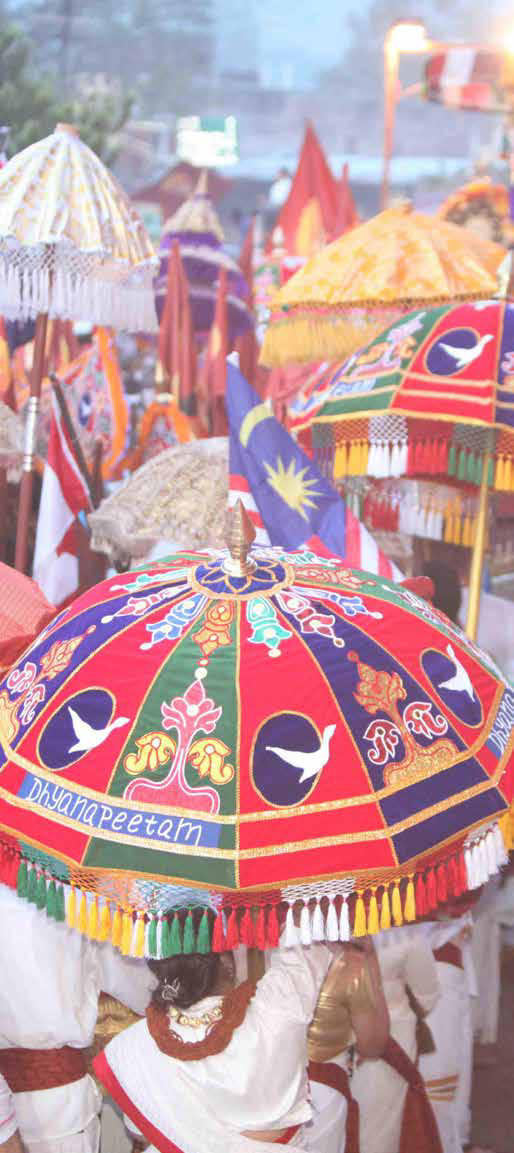
Global Presidential Address of The SPH
Understand, the whole Buddhism is from Sāṅkhya philosophy. That is why Gautama Buddha is called Sakhyamuni.
Kapila is the person who introduced Sanyas Sampradaya to human beings. Until Kapila brought this science from Kailāsa, it was practiced only in Kailāsa. Kapila brought this science to Planet Earth. Making your consciousness highest intensely powerful, and, awakening all that twelve layers of your DNA through sanyas, celibacy – it was the technique, methodology brought to planet earth for human beings by Kapila. Whenever you are cornered by life, Hindu tradition gives you the option of sanyas. Some tradition makes you terrorist. Some traditions, makes you depressed. Some traditions puts you in the hospital, psychiatric hospital. Some tradition puts you under sedation. Whenever you are cornered by life, you feel cornered by life, the greatest solution you can have is sanyas and that was introduced to human beings by Kapila”.
20 September 2019
Global Presidential Address of The SPH
When there was a need to reorganize and re-establish order within Sanātana Hindu Dharma, Paramaśiva Himself once again descended as the incarnation, Adi Śankaracharya. Adi Śankaracharya revived the Mahānirvaṇi Peetha, as well as the other 13 Akhāḍās, formally constituting a democratic structure. Thus, he gave stability and legitimacy to Hinduism’s core spiritual traditions in the form of the Akhāḍās, or the Apex bodies of Hinduism. When Adi Śankaracharya saw the urgency for a form of protection of Sanātana Hindu Dharma, He initiated and revived the the Daśanami Sampradaya, a monastic lineage, and guided them as warrior sanyasis. Adi Śankaracharya sowed the seeds of the revival of this specific tradition with such valor and strength, that the Daśanami Sampradaya would be the sole front against mughal invaders who would barbarically rule the country in years to come.
The Ēkadaṇḍi Sanyasis (wandering monks bearing one staff) were organized into ten sects, which fell under four mathas or monasteries where the lineage of each sect was maintained and inherited from Guru to disciple. In Sanātana Hindu Dharma (Hinduism), all knowledge and traditions are traced back to the original source, which is Śri Paramaśiva. The Guru-parampara (guru’s lineage) begins with Paramaśiva as the primordial Guru, who descends as the Incarnation to protect, preserve, and transmit the science of enlightenment to His disciples and to humanity. This is the Daiva-Parampara, which is followed by the ṛṣi-Parampara, where the enlightened seers were able to transmit the direct words of Paramaśiva to the next generation of seekers. Finally, the Mānava-Parampara were disciples who received this knowledge, maintained, and upheld the tradition from one generation to the next. Time and time again, among the Mānava (human beings) Paramaśiva descends to restore the lineage and bring it back to its original glory. Thus, through the lineage, the sacred presence of Paramaśiva is preserved on Planet Earth, and the possibility for His descent protected for eternity.
Adi Śankaracharya
Adi Śankaracharya revived the Sāṅkhya philsophy that was first revealed to the world by Kapila Mahamuni, and thereafter it proliferated as the Advaita Vedanta Philosophy. This school of philosophy originated from the Upaniṣads and mainly taught that all living beings abide, knowingly or unknowingly by the law of Oneness. It accepted that all living beings and God were one. There was no non-duality. Adi Shankara was named “Shanmattha Sthapakacharya,’ the one who revived the six sects of Hinduism: Ganapathya, Kaumara, Shaiva, Vaishnava, Shakta, Saurya. Each of these sects was revived and established by Adi Śankaracharya, as a methodology to reach enlightenment. Adi Śankaracharya was also crowned as the 100th Guru Maha Sannidhanam of the Madurai Aaadhenam and established the Kanchi Kamakoti Peetam.
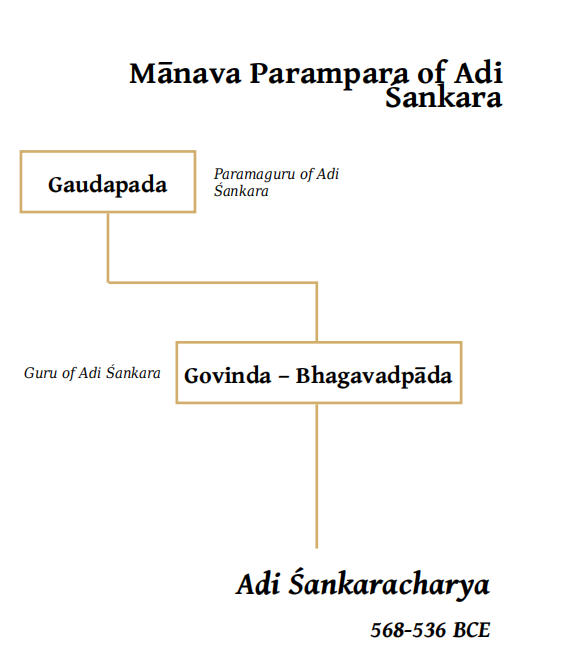
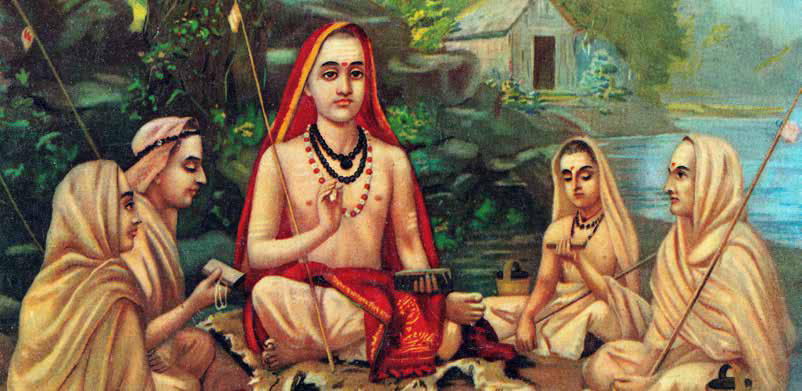
Islamic Invasions
During the period of heavy Islamic invasions, Nāgā Sadhus and other sadhus of Mahānirvaṇi Akhāḍā formed militia of up to 10,000 to fight as soldiers, providing protection to temple.
Hindu Heroes : Rajendra Giri Gosain
One of the most notable sanyasi warriors was Rajendra Giri Gosain, who formed a band of Nāgās that would contend with over ten times their numbers of enemies with utter abandon and fury. He demonstrated the highest tyāga, or sacrifice, by putting his own life at stake.
British Occupation
During the colonial era, British systematically persecuted numerous sampradayas of the Akhāḍā Traditions through various laws and acts. One of them was the Criminal Tribe’s Act.
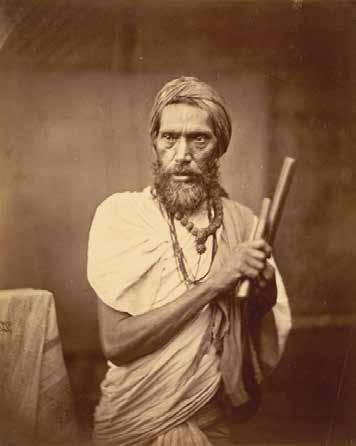
An Ēkadaṇḍi Sanyasi Ēkadaṇḍi Sanyasis were trained in defense and carried the “Danda” or a wooden stick as a defense weapon
